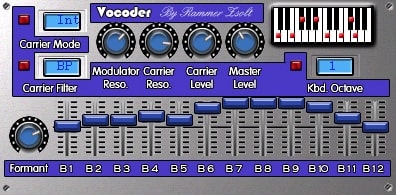Introduction and Setup:
Overview of the violin, its parts, and tips on how to correctly maintain it.
Explanation of the bow, its parts, and the right bow maintain.
Introduction to the completely different strings and their names.
Click here! :
Bowing strategies, including bow strokes just like the down-bow and up-bow.
Left-hand techniques for producing completely different pitches, corresponding to finger placement on the fingerboard.
Learning to supply a clear and consistent tone.
Reading Sheet Music:
Introduction to fundamental music notation, including notes, rests, and time signatures.
Learning to learn sheet music particularly for the violin.
Scales and Exercises:
Practice of scales in varied keys to develop finger energy, dexterity, and intonation.
Technical workouts to improve bow management and coordination.
Etudes and Pieces:
Introduction to etudes (musical studies) that focus on particular technical challenges.
Learning simple tunes and items to use and reinforce the strategies discovered.
Ear Training:
Ear training workouts to help college students recognize pitches and intervals.
Playing simple melodies by ear.
Musical Expression:
Dynamics, articulation, and phrasing to add musical expression to playing.
Interpretation of different styles of music, from classical to people or modern.
Performance Practice:
Guidance on preparing for performances, together with stage presence and managing nerves.

Opportunities to carry out in front of the trainer or fellow students.
Music Theory (Optional):
Depending on the extent and goals of the coed, some introduction to music concept ideas may be included, similar to key signatures, scales, and harmony.
Advanced Techniques (as progress allows):
Vibrato, a method that adds a fluctuation of pitch for expressive taking part in.
Double stops, enjoying two notes concurrently.
Pizzicato, plucking the strings as an alternative of using the bow.
Repertoire Building:
Expanding the repertoire to include more complicated and difficult pieces.
Exploration of various musical genres and types.
Individualized Goals:
Tailoring lessons to the coed's objectives, whether they are focused on classical music, modern styles, or a combination of genres.
It's important to note that the progression by way of these matters can vary primarily based on the scholar's individual tempo and the teaching type of the instructor. Regular apply exterior of classes is crucial for skill development and progress. Private lessons with a professional violin teacher or participation in group lessons can present a well-rounded method to learning the violin..
